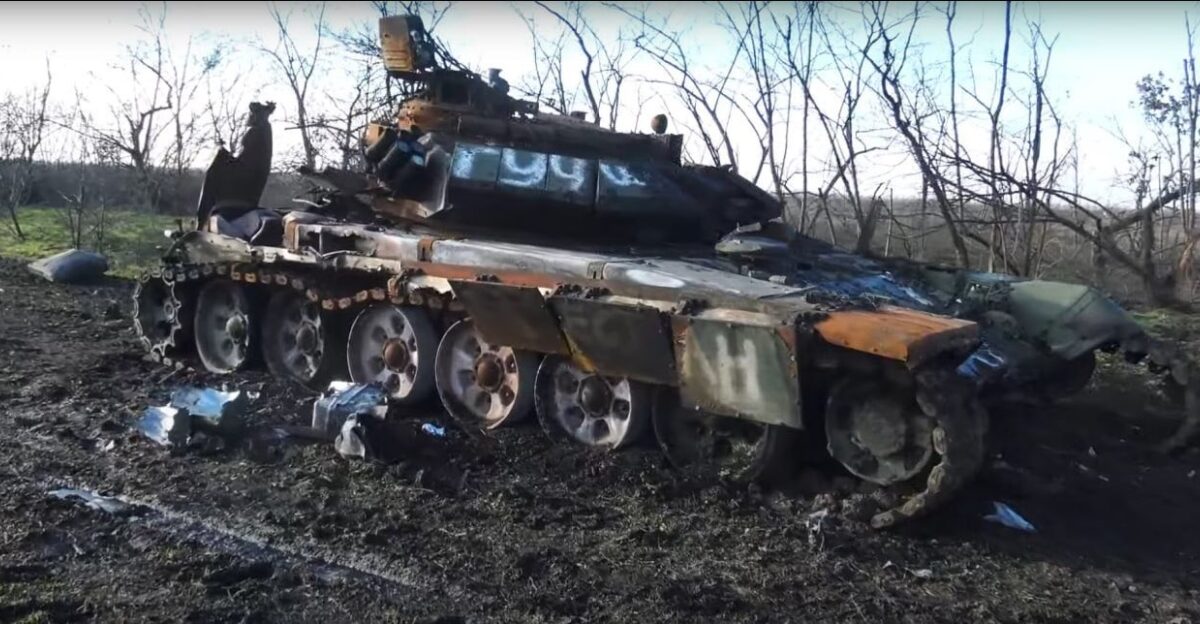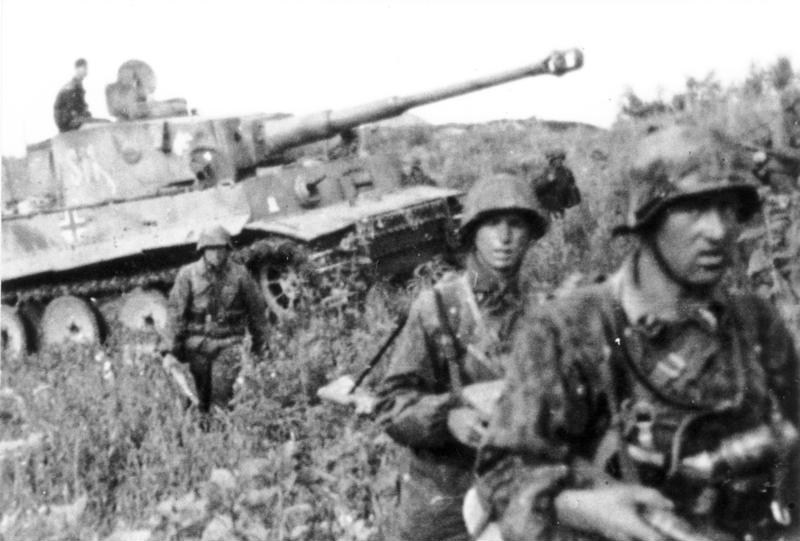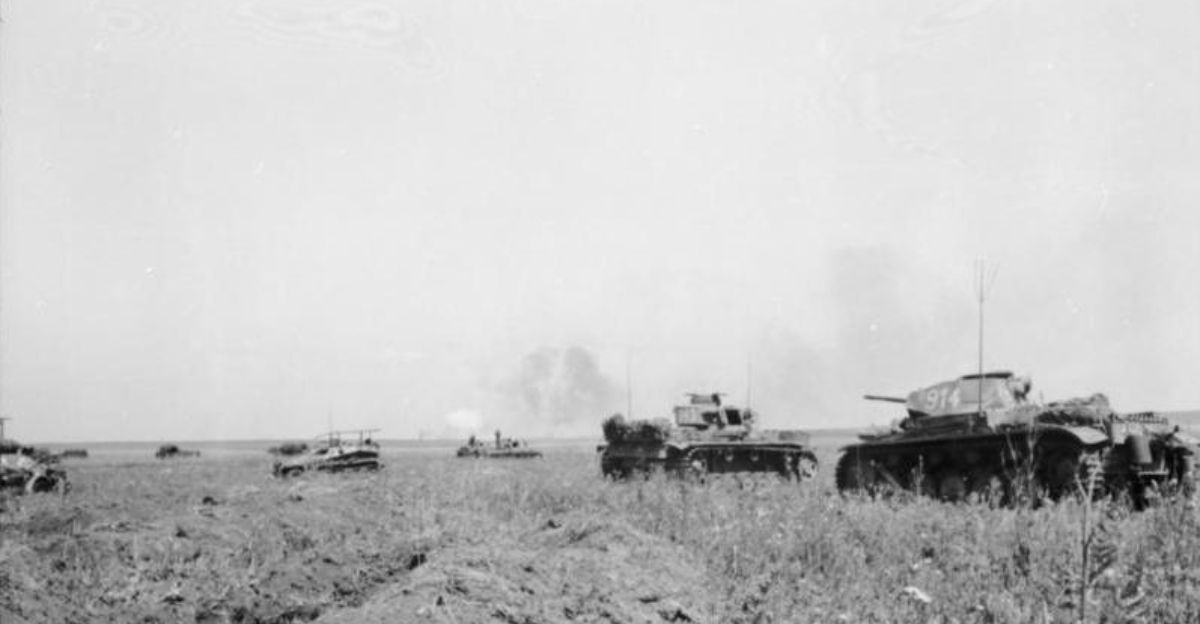
At dawn on July 12, 1943, the fields near Prokhorovka erupted as nearly 500 Soviet tanks surged into battle against Germany’s elite SS Panzer Corps. The order—“Steel, Steel, Steel”—signaled a desperate assault that would become one of history’s bloodiest armored clashes. For decades, Soviet propaganda celebrated the day as a heroic victory, but newly opened archives have revealed a grim reality: catastrophic losses and tactical miscalculation. Today, the lessons of Prokhorovka reverberate on the battlefields of Ukraine, where Russian forces face similarly devastating loss ratios in modern armored warfare.
History Repeats: Russia’s Tank Losses in Ukraine

The shadow of Prokhorovka looms over Russia’s current campaign in Ukraine. Since 2022, open-source trackers have verified the destruction of over 3,700 Russian tanks, with Ukrainian military estimates placing total armored vehicle losses above 11,000. In some sectors, Russian forces lose tanks at rates of three to one or worse, echoing the disastrous exchange ratios of 1943. The core lesson remains unchanged: massed armor attacks against well-prepared defenses, without coordinated support, result in staggering casualties and little strategic gain.
The Kursk Salient: Panic and Sacrifice

Operation Citadel, launched by Germany on July 5, 1943, marked the largest tank battle of World War II. German panzers advanced through Soviet defenses fortified with nearly a million mines and thousands of anti-tank guns. By July 10, Soviet High Command faced a crisis as German breakthroughs threatened to encircle the Kursk salient. The 5th Guards Tank Army, commanded by General Pavel Rotmistrov, was held in reserve for a decisive counterattack. But with the II SS Panzer Corps advancing rapidly—seizing key terrain and approaching Prokhorovka—Soviet leaders were forced to commit their reserves prematurely, launching an all-out assault to coincide with a northern counteroffensive.
Steel Against Steel: The Battle Unfolds

The SS Panzer divisions, though battered by a week of combat, fielded 273 operational tanks and assault guns, including Tiger tanks armed with lethal 88-millimeter guns. These weapons could destroy Soviet T-34s from over 1,500 meters, and German crews benefited from superior optics and training. Facing this threat, Rotmistrov ordered his tankers to attack at full speed, aiming to close the distance and force close-quarters combat where Soviet maneuverability might offset inferior firepower.
At 8:00 a.m. on July 12, Soviet artillery unleashed a barrage, shrouding German positions in smoke. Thirty minutes later, Rotmistrov gave the signal. Waves of Soviet tanks charged down the slopes of Hill 252.2, plunging into a maelstrom of dust, smoke, and point-blank gunfire. The battlefield became a scene of chaos and destruction, with tanks engaging at ranges of 200 meters or less. German Tigers and Panzer IVs fired systematically, while Soviet T-34s and T-70s burned in the crossfire.
Catastrophic Losses and the Birth of a Myth

By nightfall, Soviet records showed the 5th Guards Tank Army had lost 359 tanks and assault guns, with 207 irrecoverably destroyed. The XVIII Tank Corps lost 56% of its vehicles, and the XXIX Tank Corps lost 77% in the main engagement. Total Soviet losses reached approximately 400 tanks, each carrying crews of four to five men. The human toll was staggering: over 2,200 Soviet tank crew members were killed or missing in a single day.
German losses, by contrast, were far lighter. The II SS Panzer Corps reported about 20 tanks destroyed and 173 damaged but repairable. Some historians, analyzing Luftwaffe aerial photographs, estimate as few as five German tanks were irretrievably lost in the core engagement. The exchange ratio—up to ten Soviet tanks lost for every German—was devastating.
Soviet commanders faced intense scrutiny. Stalin, furious at the losses, demanded explanations. Official accounts inflated German casualties and minimized Soviet disaster, creating a myth of triumph that endured for decades. Ultimately, Rotmistrov was cleared after intervention from senior officials, and the true scale of the defeat was buried beneath propaganda.
Strategic Impact and Modern Parallels
Despite the tactical disaster, the Soviet sacrifice at Prokhorovka halted the German advance. The breakthrough stalled, and Hitler soon canceled Operation Citadel, shifting forces elsewhere. Germany never regained the strategic initiative on the Eastern Front, while the Soviet Union’s ability to absorb massive losses and replenish its forces proved decisive.
Today, Russia’s armored tactics in Ukraine mirror the fatal patterns of Prokhorovka. Waves of tanks attack entrenched defenders, suffering heavy losses for limited territorial gains. In 2024 alone, Ukrainian forces destroyed approximately 1,400 Russian main battle tanks, according to British intelligence. Russia persists, relying on reserves and accepting brutal loss ratios, but the cost in men and machines is immense.
Enduring Lessons: Adaptation Over Sacrifice
The Battle of Prokhorovka stands as a stark warning: courage and massed assaults cannot substitute for strategy, coordination, and adaptation. When armies hurl armor against fortified positions without combined-arms support, the result is wholesale destruction—regardless of era or technology. As history repeats itself in Ukraine, the fate of Rotmistrov’s tankers reminds us that only those who learn and adapt survive. The rest become statistics, memorialized in twisted steel and lost lives.